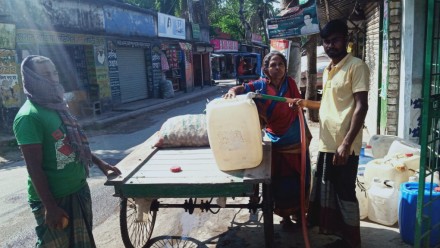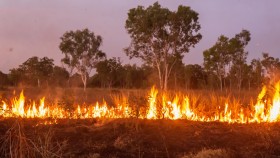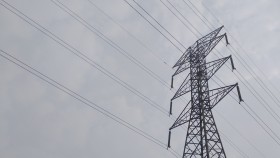Safe water costs 40 times more in coastal Bangladesh than cities
Twice a week, 50-year-old Brajasundari loads a collection of jerrycans onto a pedal cart, climbs aboard and travels three kilometres from her village Kanchrahati to buy water. Millions of women in arid and semi-arid regions of South Asia would call her lucky; they must do this twice a day, on foot. But Brajasundari lives in coastal Bangladesh, where there is water wherever you look – in ponds, streams, rivers and wells. However, it is all undrinkable.
Climate change has raised sea levels. The consequent ingress of saline water has poisoned freshwater sources throughout coastal South Asia. In Bangladesh, the salt water is seeping ever further inland.
So now Brajasundari travels to a shop where water is pumped up from a deep aquifer, treated and sold. This resident of Shyamnagar sub-district of Satkhira district, south-western Bangladesh, buys 60 litres of water on each trip, paying BDT 30 (USD 0.35) for the water and another BDT 20 (USD 0.24) for the pedal cart. The monthly expense of BDT 400 (USD 4.72) is over 10% of the average earnings of a landless agricultural labourer in this sub-district, going by the latest official statistics.
“I never thought that I might need to buy water for drinking,” Brajasundari told The Third Pole. “Earlier there were big ponds near our house. Everything is ruined by saline water. The problem of water is skyrocketing day by day.”











